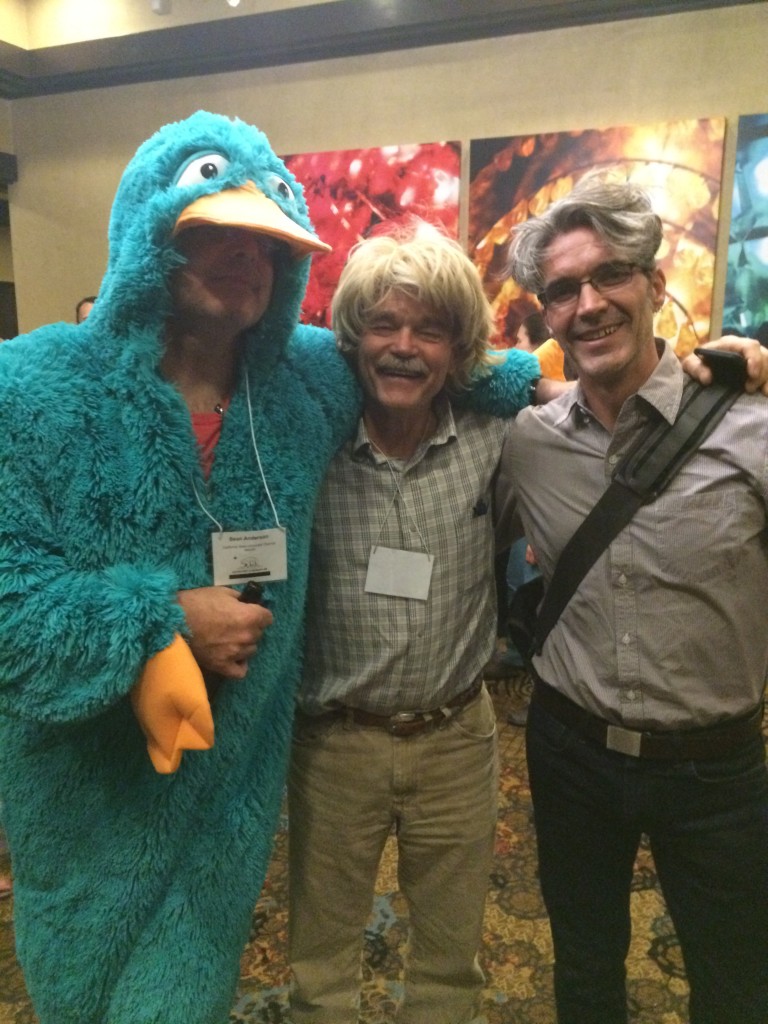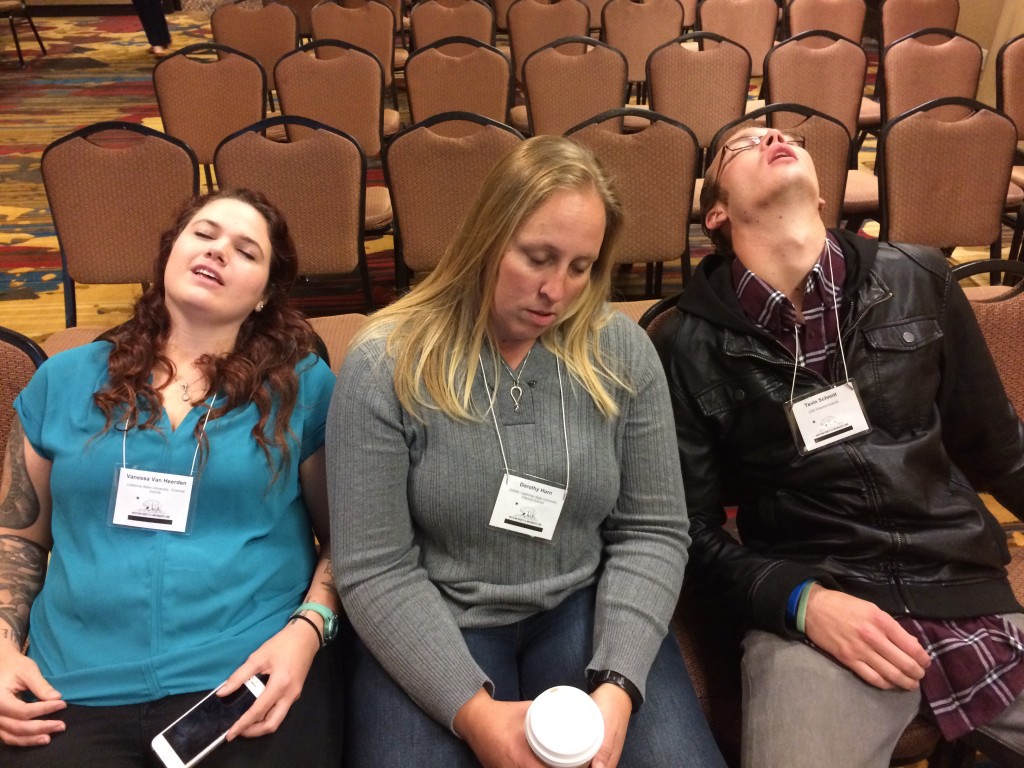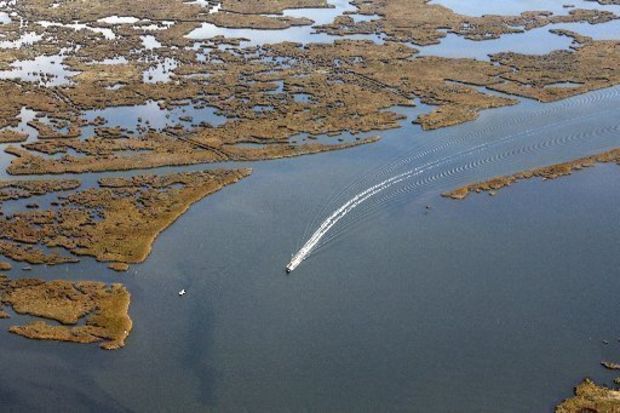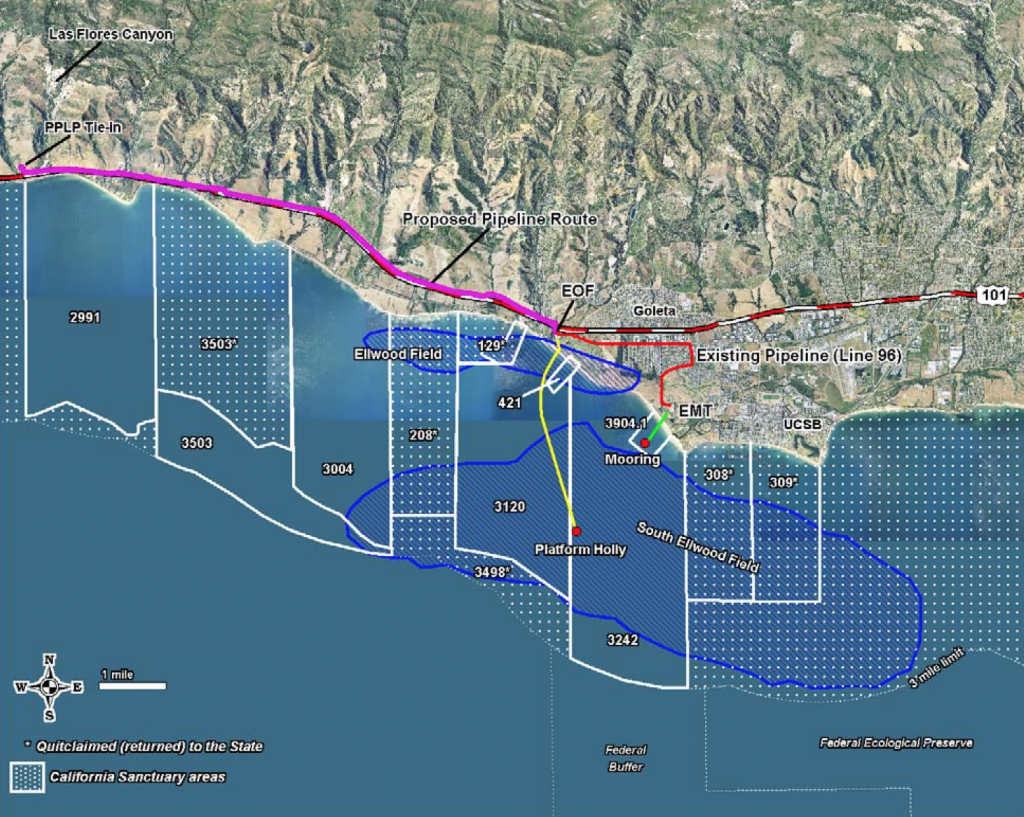An X Prize for Going Deep
The Shell Ocean Discovery XPRIZE seeks to usher in a new era of deep exploration of the oceans. This will both help with/foster both basic and applied research. Not the least of which will be to boost our understanding of baseline conditions before subsequent impacts from deep sea mining of oil/gas extraction.
Formal Announcment
Here is the full text of the announcement from yesterday’s announcement at the American Geophysical Union’s Fall meeting in San Francisco:
At a keynote address today during the American Geophysical Union Fall Meeting in San Francisco, Dr. Peter H. Diamandis, chairman and CEO of XPRIZE, announced the launch of the $7M Shell Ocean Discovery XPRIZE, a three-year global competition challenging teams to advance ocean technologies for rapid and unmanned ocean exploration. As part of the total $7M prize purse, the National Oceanic and Atmospheric Administration (NOAA) is offering a $1M bonus prize to teams that demonstrate their technology can “sniff out” a specified object in the ocean through biological and chemical signals. David Schewitz, Shell vice president of geophysics for the Americas, and Richard Spinrad, chief scientist at NOAA, joined Diamandis on stage to launch the new competition.
“Our oceans cover two-thirds of our planet’s surface and are a crucial global source of food, energy, economic security, and even the air we breathe, yet 95 percent of the deep sea remains a mystery to us,” Diamandis said. “In fact, we have better maps of the surface of Mars than we do of our own seafloor. The Shell Ocean Discovery XPRIZE will address a critical ocean challenge by accelerating innovation to further explore one of our greatest unexplored frontiers.”
The three-year competition includes nine months for team registration, 12 months for initial solution development and 18 months to complete two rounds of testing and judging by an expert panel. In each round, teams will complete a series of tasks, including making a bathymetric map (a map of the sea floor), producing high-resolution images of a specific object, and identifying archeological, biological or geological features. Teams also must show resiliency and durability by proving they can operate their technologies, deployed from the shore or air, at a depth of up to 4,000 meters.
“Spurring innovation and creating radical breakthroughs in ocean discovery are what excite us about collaborating with XPRIZE,” Schewitz said. “Shell recognizes the need to leverage the full power of innovation: the capacity for doing things differently and better than before.”
A $4M Grand Prize and $1M Second Place Prize will be awarded to the two teams that receive the top scores for demonstrating the highest resolution seafloor mapping, after meeting all minimum requirements for speed, autonomy and depth. Up to 10 teams that proceed to Round 2 will split a $1M milestone prize purse. And the $1M NOAA bonus prize will be awarded to the team that can trace a chemical or biological signal to its source.
“The goal of the $1M NOAA bonus prize is to identify technology that can aid in detecting sources of pollution, enable rapid response to leaks and spills, identify hydrothermal vents and methane seeps, as well as track marine life for scientific research and conservation efforts,” said Spinrad.
The Shell Ocean Discovery XPRIZE is part of the 10-year XPRIZE Ocean Initiative – a commitment made to launch five multi-million dollar prizes by 2020 to address critical ocean challenges and make the oceans healthy, valued and understood. XPRIZE awarded the Wendy Schmidt Oil Cleanup XCHALLENGE in 2011 and the Wendy Schmidt Ocean Health XPRIZE in July 2015.
For more information, and to register your intent to compete, visit oceandiscovery.xprize.org.
About the XPRIZE
Founded in 1995, XPRIZE offers so-called Grand Challenges by creating and managing large-scale, high-profile, incentivized prizes in five areas (think lots of testosterone in the guise of learning something…very silicon valley): Learning; Exploration; Energy & Environment; Global Development; and Life Sciences.
Active prizes include the $30M Google Lunar XPRIZE, the $20M NRG Cosia Carbon XPRIZE, the $15M Global Learning XPRIZE, the $10M Qualcomm Tricorder XPRIZE, and the $7M Adult Literacy XPRIZE.
The Loot
The $7 million prize purse will be awarded as follows:
- Grand Prize: $4 million will be awarded to the first place team that receives the top score that meets or exceeds all minimum requirements.
- Second Place Prize: $1 million will be awarded to the second place team that receives the second highest score that meets or exceeds all minimum requirements.
- Milestone Prize: $1 million will be split among the top (up to) 10 teams from round 1.
- NOAA Bonus Prize: $1 million will be awarded in round 1 to the team that successfully identifies the source of an established biological or chemical signal. This will roll over to round 2 if there are no winners in round 1. Participation in the bonus prize will be voluntary for registered teams.
Competition Summary
Teams will compete in two rounds for a total prize of $7 million:
Round 1 testing will be conducted at 2,000 meters depth.
Round 2 testing will be conducted at 4,000 meters depth.
For both rounds, Teams must launch from shore or air and, with restricted human intervention, their entries will have limited number of hours to explore the competition area to produce:
- a high resolution bathymetric map
- images of the specified object
- identify archeological, biological, or geological features
- track a chemical or biological signal to its source (bonus prize)





























